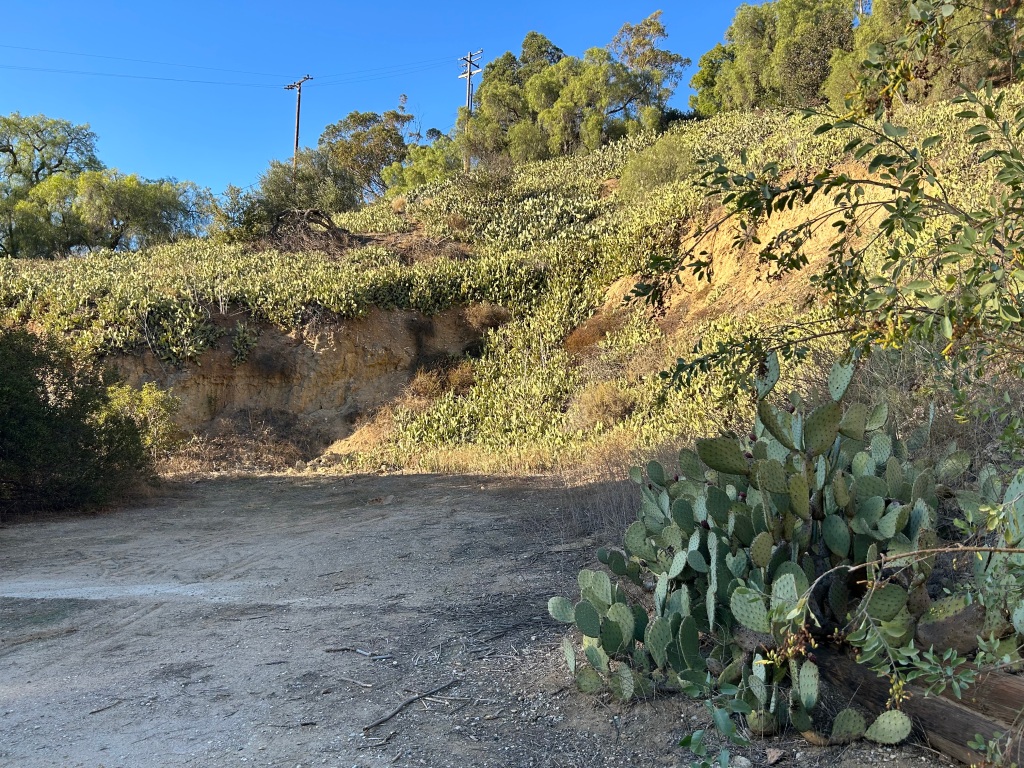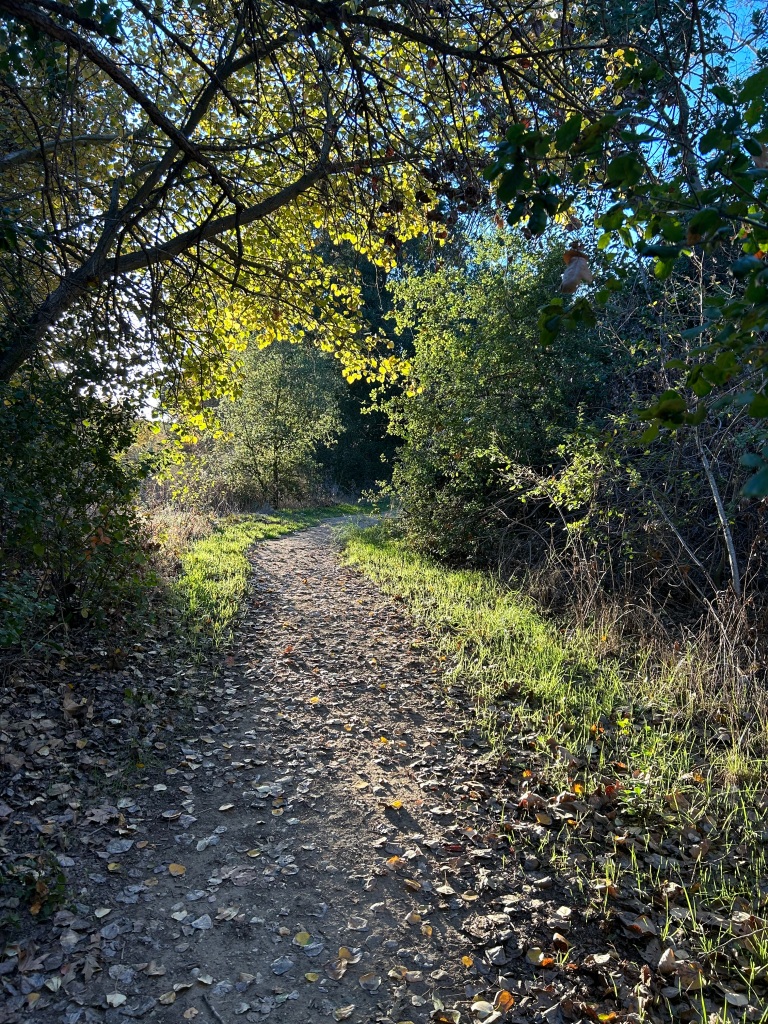I’ve been spending a lot of time in Northrend, playing the latest expansion of World of Warcraft. Wrath of the Lich King has been a new experience for me, since I missed out on it during my college years. Instead I was focused on Super Smash Bros. Melee. After spending thousands of hours in WoW since Classic’s revisit, I still so much of World of Warcraft to explore.
Vertical design, similar to telescoping, gives players the ability to look forward or ahead in their gameplay and find a path of continued enjoyment. As a real life analogue, players always desire more. When games give clear objectives and vertical paths towards achieving them, players quickly game the system to find the rewards as quickly and as easily as possible. This is incredibly apparent with the Classic revisits of World of Warcraft. Since the content has been fully explored, the mystery of the game is lost upon the majority of the player base. The joy is not in the mystery, it is instead the process of climbing up ladders of design to experience accomplishment and to reach the next challenge.
World of Warcraft has faced a complex relationship balancing the difficulty of the game for newcomers and casual gamers against the hardcore players and streamers who make up the face of the game. For many players, the revisited designs of WoW are more approachable in that the vertical steps of game design are so well documented and understood that there is no mystery whether a player is making progress or what there is to do next, and those goals are more achievable than ever.
When players finish vertical paths or disengage with them, horizontal or exploratory design reigns in. A physical symptom of a player disengaging with vertical design and horizontal design is that a player no longer plays aka raid logging. Until there is new content, vertical or horizontal, a player who has disengaged with both designs no longer engages with the game. There are rare exceptions, like social constructs and community building. But these are the exceptions, not the rule. This is the importance of horizontal design. Because vertical design and branching paths will always take immense production power, horizontal design offloads the pressure for game designers to deliver the next shiny stepping stone. Because gamers are chasing a metaphorical dragon, the arms race between designers and gamers pressures designers into prioritizing external metrics. To avoid this, exploration and horizontal design allows breathing room and life for the game and game designers, which in turn benefits the player.
Is horizontal design simply placing a second vertical design alongside? Yes and no. Wrath of the Lich King introduces dual specialization, allowing players to quickly switch playstyles in raid. Having players experience multiple roles, gaining gear and experience in these roles, and identifying their character in multiple ways is how one simple change broadens the role playing game experience. While players previously had the ability to switch between specialization at a cost, it could only be done in cities which limited the role play. In previous expansions, I myself rarely explored talent switching despite being able to afford the cost. Perhaps due to interface friction or a weak desire to explore, I simply did not enjoy multiple specializations in previous expansions of WoW. To play a different role, I played a different character.
Joyous Journeys is an experience buff which started yesterday and lasts throughout the holidays, to encourage players to return to the game and to level up additional characters. With the introduction of heirlooms, gear which end game characters can mail to their starting alternate characters, WoW introduces a bridge between two vertical designs. Other introductions include allowing reputation rewards to be passed from within the account, freeing players from grinding reputation on multiple characters, a challenge in previous expansions.
Limitations such as characters only being allowed two professions at a time cause profession based players to play more characters. More and more designs have been introduced which let professions interact with each other, which encourages players to explore a separate vertical design, one after another.
Symbiotic and bridging mechanics between vertical and horizontal systems encourages players to stay beyond the minimum play time required. The combination of design is a cornerstone of World of Warcraft and why it is so addicting by nature. While some players remain vigilant on one vertical design with end goals such as parsing or speed running, a majority of players stick around Azeroth to explore and enjoy both the vertical and horizontal designs.









